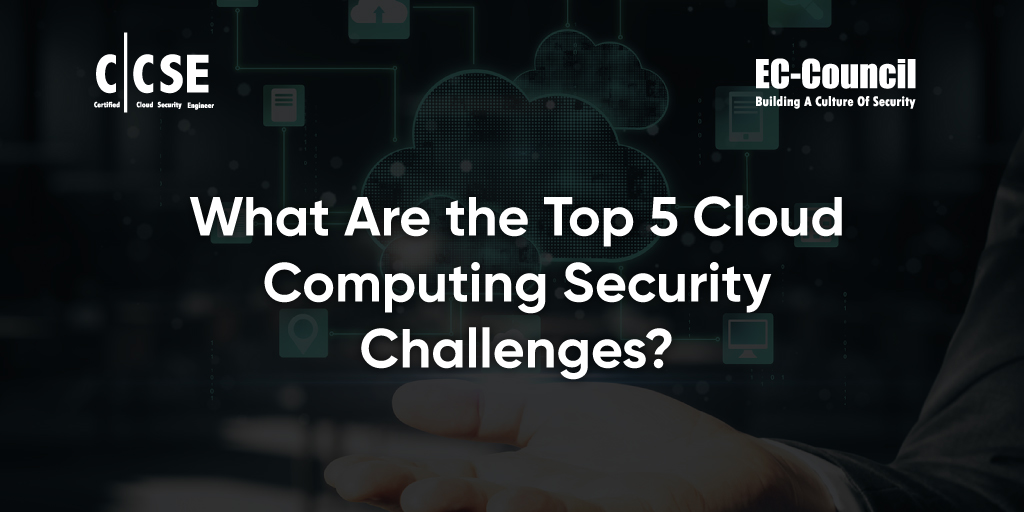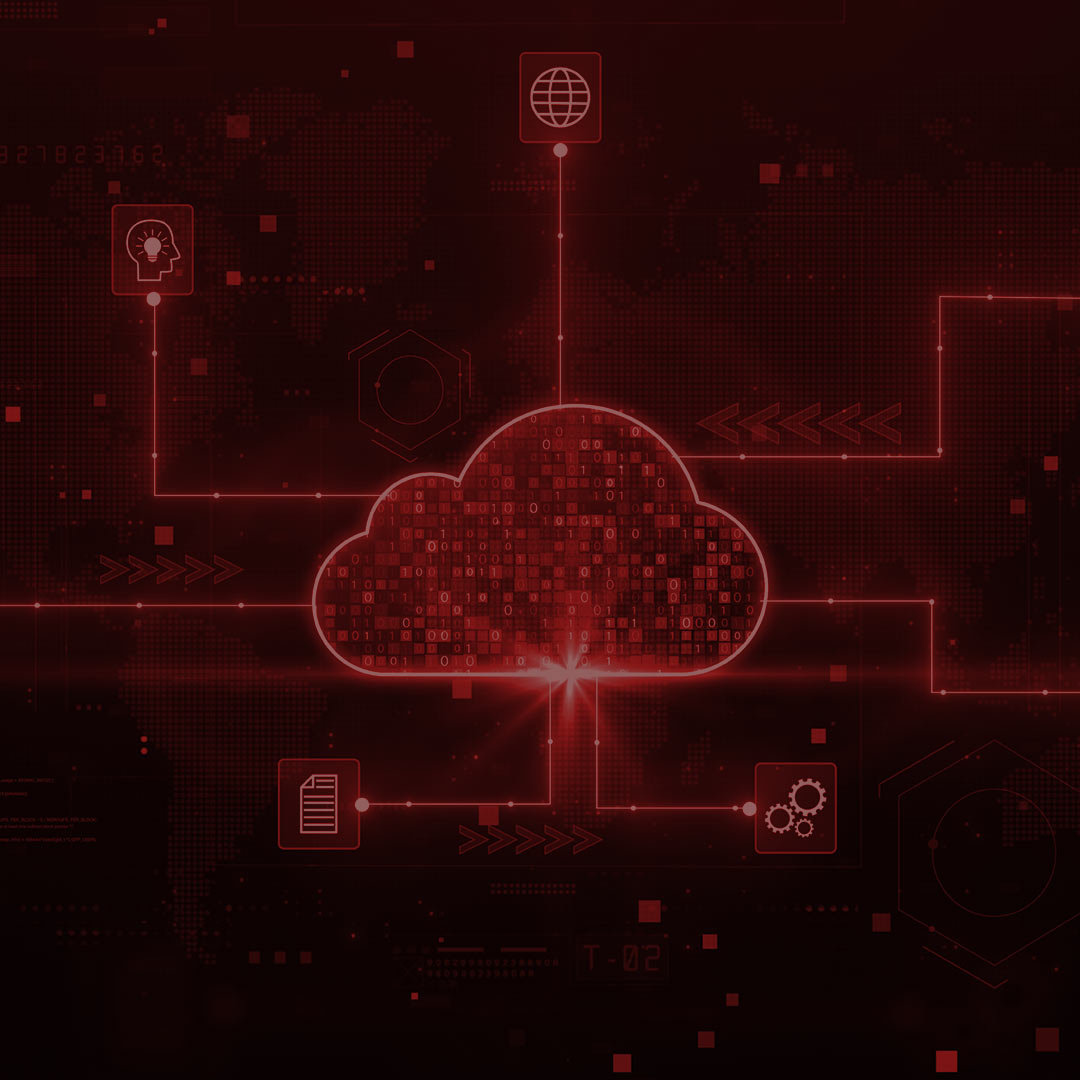All organizations that rely on cloud platforms need enhanced security that still allows team members, customers, and other stakeholders to access their applications and online data from a wide range of locations. With the adoption of cloud applications and storage growing each year, businesses need to understand the security challenges that cloud computing entails.
In 2020, the total worth of the cloud computing market was USD 371.4 billion, with a predicted compound annual growth rate of 17.5% (Sumina, 2022). If this growth rate holds, the total cloud computing market will be worth approximately USD 832.1 billion by 2025. Reliable industry growth is therefore driving demand for more cloud computing security professionals.
Because of the growing demand for cloud technologies that are accessible across a wide range of geographical areas, cybersecurity professionals, particularly cloud security engineers, are faced with the task of overcoming various cloud computing security issues and challenges. In this article, we’ll explore some of today’s top security challenges in cloud computing.
Common Cloud Computing Security Risks
As a cybersecurity professional, it’s important to be aware of the security threats, issues, and challenges your customer’s or employer’s cloud infrastructure faces. Some of the most common ones include:
- Security system misconfiguration
- Denial-of-Service (DoS) attacks
- Data loss due to cyberattacks
- Unsecure access control points
- Inadequate threat notifications and alerts
1. Security System Misconfigurations
According to Trend Micro’s (2021) analysis of data from the Amazon Web Services (AWS) and Microsoft Azure cloud platforms, between 65 and 70% of all cloud security issues arise from security misconfigurations. There are multiple reasons why misconfigurations can occur in a cloud network’s security system.
First, cloud infrastructure is optimized for accessibility and data sharing, making it difficult for cybersecurity professionals to ensure that only authorized parties can access data. An excellent example of this is link-based data sharing, wherein anyone with a link can gain access to data.
Second, using a cloud service means that organizations don’t have complete visibility into or control of their infrastructure, instead relying on the security arrangement of the cloud service provider (CSP). This dependence on CSPs for security highlights the importance of choosing a quality CSP.
A third reason cloud security misconfigurations occur is that many organizations use more than one CSP and experience difficulty familiarizing themselves with each CSP’s security controls. A failure to understand all applicable security controls can lead to misconfigurations and security oversights, creating weaknesses that malicious hackers can exploit.
2. Denial-of-Service (DoS) Attacks
DoS attacks can cause a machine or a network to crash, making it no longer accessible to users. Malicious attackers can either send information to the target that causes it to shut down or flood it with traffic to overwhelm it and cause a crash.
A downed network can be held for ransom and cause revenue losses, and it can also harm a company’s authority and customer relations. Cloud security experts need in-depth knowledge of how to implement DoS attack protection and remediation strategies.
3. Data Loss Resulting from Cyberattacks
Defending a partially or fully migrated network against cyberattacks of all types poses unique challenges for cybersecurity professionals. Cybercriminals often target cloud-based networks because they are generally accessible from the public internet. Since multiple companies will often use the same CSP, attackers can repeat a successful cyberattack on one target to gain access to many more. Additionally, cloud-based infrastructures are frequently not secured properly, a fact that many malicious hackers are aware of and know how to exploit.
Losing valuable data through human error, natural disasters that destroy physical servers, or malicious attacks that aim to destroy data can be disastrous for any company. Moving business-critical data to the cloud can increase these security concerns, since organizations won’t be able to access the affected servers on site. Functional and tested disaster recovery and backup processes need to be in place to counter this risk. Security solutions will need to be built into every network layer to protect against data loss from cyberattacks.
4. Unsecure Access Control Points
One of the main attractions of cloud networks is their accessibility from anywhere, which allows teams and customers to connect regardless of their location. Unfortunately, many of the technologies with which users interact, like application programming interfaces (APIs), are vulnerable to attacks if cloud security is not correctly configured and optimized. Since these vulnerabilities give hackers an entry point, it’s important to use web application firewalls to confirm that all HTTP requests originate from legitimate traffic, thus ensuring that web applications and operations relying on APIs are constantly protected.
5. Inadequate Threat Notifications and Alerts
One of the cornerstones of any effective network or computer security system is how quickly threat notifications and alerts can be sent to website or security personnel. Cloud-based systems are no different. Instant notifications and alerts enable proactive threat mitigation, which can prevent successful hacks and minimize damages.
Become a Certified Cloud Security Engineer with EC-Council
While the above is by no means a definitive list of cloud security risks, it covers some of the most common challenges you’re likely to face as a cloud security engineer. Many more cloud computing security issues and challenges will arise as CSPs develop better cloud technology, as the industry grows as a whole, and as cybercriminals refine their hacking techniques. As organizations continue to migrate part or all of their operations to the cloud, demand for cloud security engineers is steadily growing each year, making this a stable career path that anyone interested in cybersecurity should consider.
EC-Council’s Certified Cloud Security Engineer (C|CSE) certification is a specialized, industry-recognized cybersecurity credential that covers both vendor-neutral and vendor-specific cloud security concepts. This holistic curriculum means that students in the C|CSE course will learn broadly applicable cloud security concepts along with specific techniques to use with AWS Cloud, Google Cloud, Microsoft Azure, and other CSPs.
EC-Council has mapped the C|CSE course to real-time roles and cloud security positions and regularly updates its course content to ensure that all students receive the proper training for today’s evolving market. Visit EC-Council’s website to explore the full range of EC-Council certifications, including the Certified Ethical Hacker (C|EH) and the Certified Penetration Testing Professional (C|PENT).
References
Sumina, V. (2022, March 18). 26 cloud computing statistics, facts & trends for 2022. Cloudwards. https://www.cloudwards.net/cloud-computing-statistics/
Trend Micro. (2021, October 25). The most common cloud misconfigurations that could lead to security breaches. https://www.trendmicro.com/vinfo/us/security/news/virtualization-and-cloud/the-most-common-cloud-misconfigurations-that-could-lead-to-security-breaches











